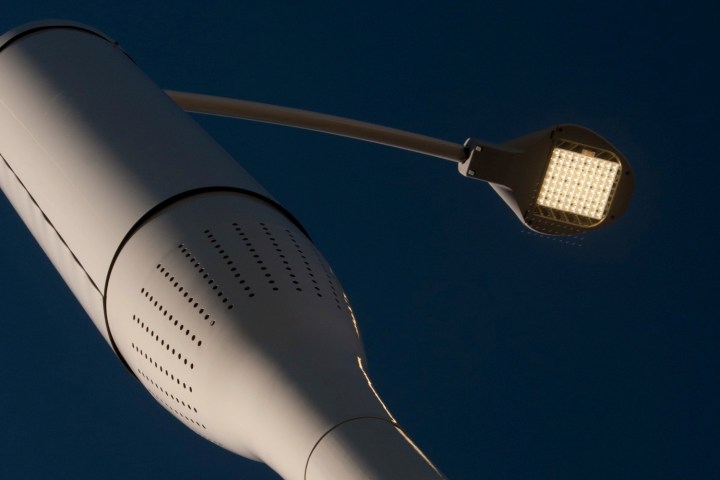
The partnership is part of Philips’ Internet of Things expansion, a project that looks for more ways to turn objects into a connected hub. Swedish networking giant Ericsson has itself been contracted by Philips to fit the 4G LTE wireless technology into the streetlights.

“The analog light pole has evolved right here in Los Angeles,” said Mayor Eric Garcetti. “L.A. is a world leader in LED street lights and has more poles than any other city in America.”
Los Angeles was one of the first cities to adopt Philips CityTouch, an asset management system for controlling street lighting across the city. The smart streetlight looks like an extension of this partnership, as Los Angeles looks for more ways to be efficient.
U.S. carriers are struggling to provide adequate networking for everyone in the country, and Ericsson expects data traffic to grow ninefold by 2020. Philips believes its SmartPole technology is the answer to the lack of networking, but Artemis and Nokia see a whole new type of networking as the real problem solver.
One thing is certain, the networking infrastructure that has been pushed for the last 100 years is too large to fit inside a connected world. New futuristic ideas like SmartPole and LinkNYC offer smarter ways to connect to the Internet, without having to pipe fiber optic wire into your home or connect to a large cell tower that struggles to offer high performance to hundreds of thousands of people.


